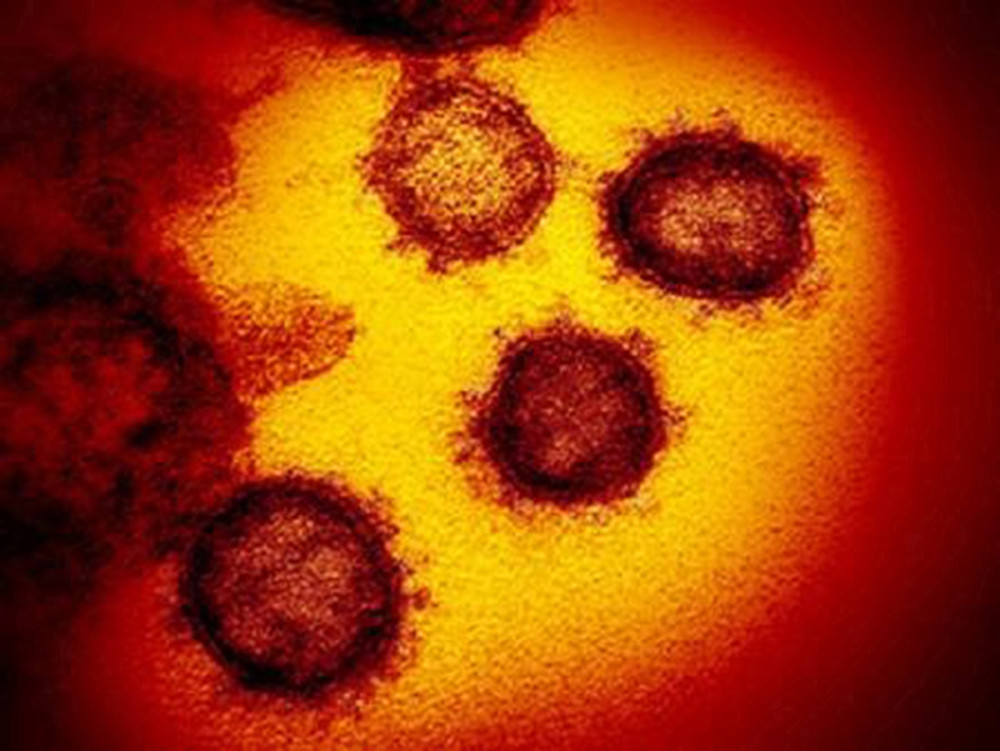By Alison Bowen
Chicago Tribune
WWR Article Summary (tl;dr) Vaile Wright, senior director of Health Care Innovation at the American Psychological Association says “decision fatigue has been absolutely amplified by COVID.” Wright says going back or staying home from school is a good example for many parents, she says, “there’s no clear answer there. There are pros and cons to both, and neither of them is very good.”
Chicago
Even before the pandemic, making constant decisions daily could create stress.
COVID-19 has added weight to small and big decisions alike. Should I pick up takeout? Do I send my child to school? Do we allow a babysitter to come over? Should we attend a birthday party? Is one item from the grocery store worth the trip?
The concept of exhaustion and stress after making choices is known as decision fatigue. After months of assessing the risk and benefit of daily choices during the coronavirus crisis, people are tired. Especially as school begins, many families have been agonizing over whether to send their children to school or how to manage remote learning.
One-third of Americans experienced high levels of psychological distress during the COVID-19 outbreak, according to a Pew Research Center report.
Michelle Goldberg wrote in the New York Times this week that the school crisis in New York City was keeping her up in the middle of the night as she tried to balance the emotional, economic and physical factors involved in her children’s schooling.
This decision-making process has been so stressful that the Centers for Disease Control and Prevention offered a decision-making tool for parents and guardians, suggesting factors to consider, from services a child may receive at school to the feasibility of remote learning.
Some schools and workplaces may change how they operate throughout the next few months to respond to evolving understandings of the virus. So even as parents make a decision, they face the likelihood of revisiting the stress of figuring out the best option for their family, should schools and workplaces shift their plans.
“Decision fatigue has been absolutely amplified by COVID,” said Vaile Wright, senior director of Health Care Innovation at the American Psychological Association.
Many are deciding between two unpleasant alternatives. School is a good example, she said. “There’s no clear answer there. There are pros and cons to both, and neither of them are very good.”
And the level of uncertainty adds stress. We know more about the virus than we did five months ago, but still not enough to feel any choice is right.
“It’s this constant risk/benefit analysis that we’re doing in our heads. Is it safe to go on that physically distant walk with my friend outside? Do I have to wear a mask?”
Something like going to the grocery store, a task Wright notes we previously would not have given much mental space, now feels laden with risks and worries. And even within that errand are multiple decisions: which store to go to, how long to stay inside, whether groceries should be ordered online and delivered, and whether to sanitize items at home.
Even though some people might be less likely to tolerate uncertainty, she said, “I don’t think anybody’s immune to the stress that’s happening right now.”
So what do you do about it?
First, Wright suggests sharing decision-making when possible. “In a lot of households, mothers or women are still disproportionately making decisions,” she said. “Partners can work together and either make decisions together or divide and conquer.”
The key is to not second guess, she said. That maintains a level of hyper-vigilance and keeps your mind rotating.
Accept what is in your control. Right now, that might be recognizing that the virus is not soon going away, and people will need to balance how to be physically safe while creating a life that retains joy, she said.
Finally, she said, “I think it’s really important that we don’t judge ourselves or judge others right now for the decisions that we’re making. We really need to be approaching all of this right now as a sense of community and with empathy.”
___
Distributed by Tribune Content Agency, LLC.














































































































































































































































































































































































